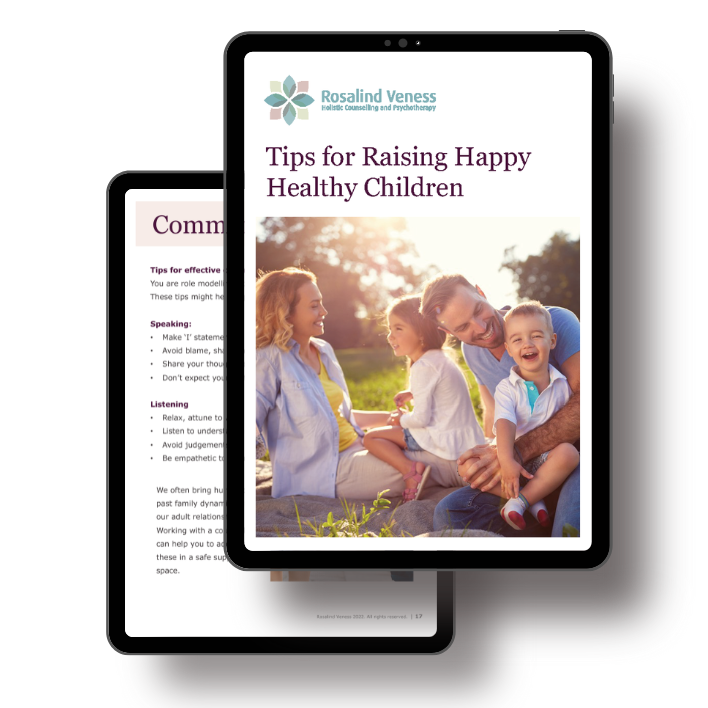
I home-schooled my daughter by choice for several years, and have absolutely no regrets. It really was a beautiful time for us both, and allowed us to build the foundation for a lovely close relationship.
These are some of my top tips that I learnt during this time. I hope they help you.
Regular Movement Breaks
Maintaining a regular daily rhythm, alternating periods of concentration with times of physical activity can help to support your child’s learning. We all need times for being busy, and times when we need to rest. This also allows you to have a break from each other. There is no need to spend every minute of every day together.
Follow your Child’s Passion
Is there something your child is passionate about? Maybe they like to play sport, draw, collect rocks, explore the natural world, collect plants or learn a musical instrument. Incorporating their passions into your learning program helps keep them interested and makes learning fun.
Reading and Comprehension
Read a story together, then recall the main events, and ask your child to draw a picture of something they remember. Stories can come from anywhere, especially if you can find old-fashioned fairy tales, or biographies of people your child can look up to.
Creative Expression
Sometimes words just don’t seem to be enough. This is a chance for your child to develop other ways of expressing themselves, perhaps using images, pictures, sounds, drawing or clay modelling.
Make it Fun
Educating at home doesn’t have to imitate a school room, or classroom style of learning. Learning can happen anywhere when your child is feeling relaxed enough to take information in through their senses. The world is full of surprises for young children, and learning is easy when they are having fun.
Be Creative
Number skills, for example, can be learnt through creative play, such as rhythmically catching and throwing bean bags, stepping and counting in two’s, three’s, etc. Reading labels in the supermarket makes reading relevant and they feel so proud for being able to help you. They are also learning to read beyond what is immediately obvious in food labelling.
Establish a Regular Routine
Children thrive when their world is predictable. Starting the day with a regular walk outside offers a special time to chat, relax, and use up some energy. It is also a lovely way to greet the day. This can be followed by reading or number skills when they are fresh. Regular breaks for mealtimes and snacks can break the day into manageable chunks of time.
Learning Through Play
Games such as jig-saw puzzles help develop visual motor skills, memory and integrate midlines, all which are essential foundations for learning to read. Doing them together is a fun way to develop social skills, too, and learn about taking turns.
Parent Time-out
You are doing a great job in a situation that is not always easy. If you are feeling stressed, it’s OK to take some time out for some self care
Read more about my Home Schooling experience here
Tips for Raising Happy Healthy Children
Download our FREE e-book Tips for Raising Happy, Healthy Children






